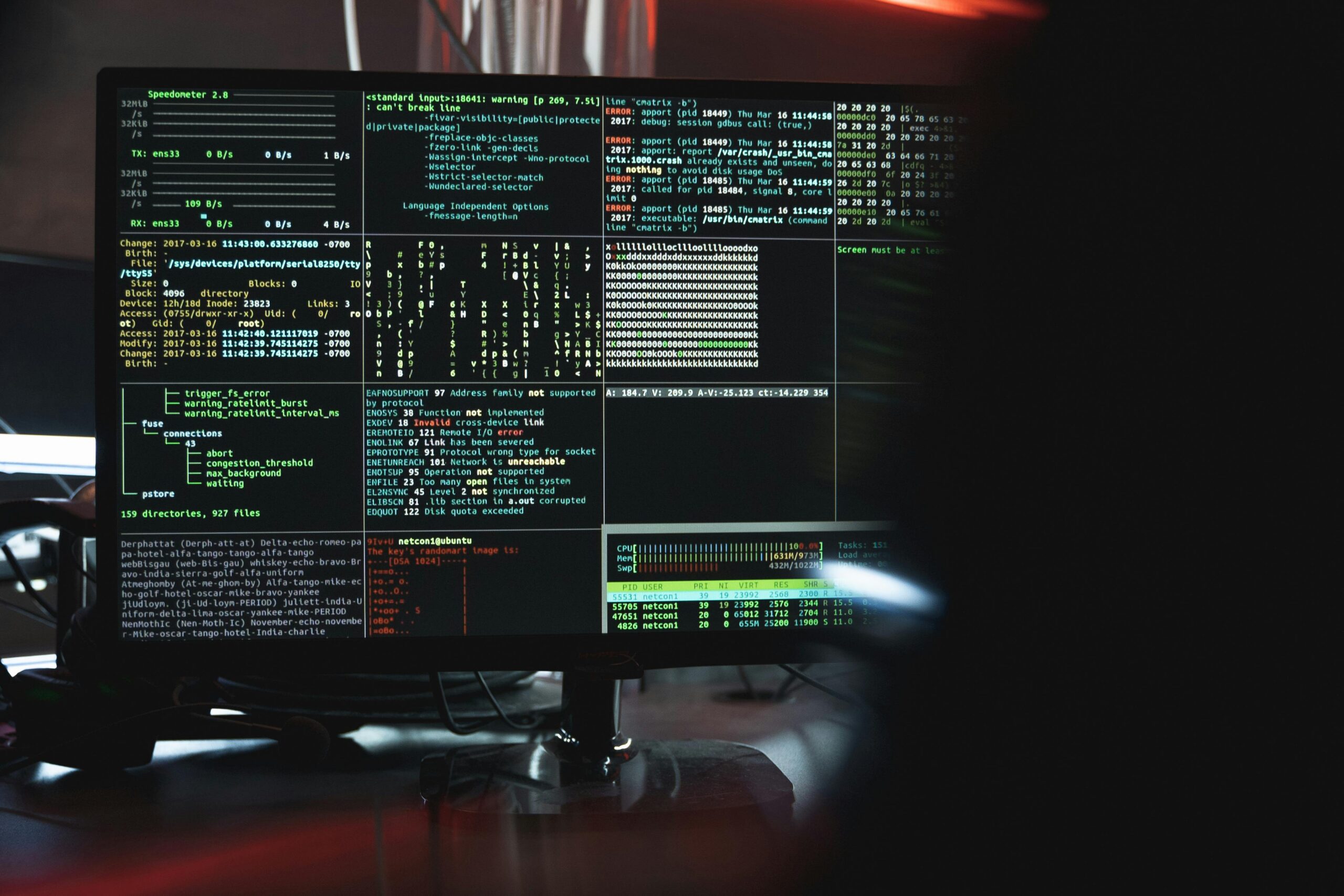
Software Development Security has revolutionized most development teams, strengthening app resilience and curbing security breaches ready to fortify your codebase.
The Unseen Fight Lurking in Your Deployments
Picture this, you’re sitting at your keyboard, fingers dancing across the keys, building the next big thing. You’ve just pushed that elegant piece of code that solves a complex problem with beautiful simplicity. You’re feeling that familiar developer high, the dopamine rush of creation. But somewhere in the shadows, a silent predator is already circling your creation, waiting for that one vulnerable line of code to pounce.
This isn’t science fiction. In 2025, while you’re celebrating your latest feature release, attackers are already dissecting your application like surgeons with malicious intent. They don’t care about your sprint velocity. They don’t respect your agile methodology. They only care about finding that one unprotected API endpoint, that single SQL injection vulnerability, that overlooked authentication flaw that will bring your entire system crashing down in a spectacular digital fireball.
Software Development Security isn’t just another compliance checkbox, it’s the invisible shield standing between your application and complete destruction. It’s the difference between sleeping soundly at night and waking up to headlines about your company’s latest data breach. And here’s the brutal truth, if you’re not thinking about security from the moment you type “Hello World,” you’re already behind the eight ball.
- The invisible armor: Software Development Security transforms vulnerable code into impenetrable fortresses
- The breach barrier: Teams with strong Software Development Security prevent attacks before they happen
- The trust builder: Secure applications create customer confidence that translates directly to revenue
According to PureWL’s practical guide to software development security, the most successful development teams in 2025 have stopped treating security as a separate phase. They’ve woven it into the very fabric of their development process. It’s not about security teams throwing obstacles at developers anymore, it’s about developers becoming the first line of defense. As one CTO told me over coffee recently, “We used to have security audits at the end of development. Now we have security conversations at the beginning of every sprint planning session.”
Software Development Security: Where Code Meets Combat
Let’s get something straight, Software Development Security isn’t about writing perfect code. It’s about writing code that survives contact with the enemy. I’ve spent time with development teams across Silicon Valley, Berlin, and Dhaka, watching them navigate the treacherous waters of modern application security. What separates the thriving from the barely surviving isn’t budget or tools, it’s mindset.
The teams that truly get Software Development Security understand something fundamental, every line of code is a potential vulnerability. But they don’t let that paralyze them. Instead, they’ve turned security into a creative challenge rather than a bureaucratic burden. They approach security with the same enthusiasm they bring to solving complex technical problems, because that’s exactly what it is.
- The input validator: Transforming dangerous user inputs into harmless data
- The access controller: Building permission systems that actually work
- The encryption expert: Protecting data whether it’s moving or sitting still
I’ll never forget watching a junior developer at a fintech startup have what she called her “security awakening.” She’d been working on a payment feature for weeks, proud of her elegant solution. Then during a code review, a senior engineer pointed out a subtle race condition that could allow double spending. Her face went from confusion to horror to determination in about thirty seconds. “I never even thought about that,” she admitted. That moment, when security stops being someone else’s problem and becomes your problem, that’s where real Software Development Security begins.
According to NordLayer’s analysis of development security best practices, the best development teams have stopped thinking about security as a series of isolated practices and started seeing it as a continuous process woven into every stage of development. It’s not about ticking boxes; it’s about building a security first culture where every developer feels responsible for the integrity of the entire system.
The Software Development Security Playbook For The Real World
Let’s talk about what actually works in the trenches, not what sounds good in a security audit. In my conversations with developers who’ve successfully integrated security into their workflows, certain patterns emerge, patterns that transform security from a chore into a competitive advantage.
The most effective teams I’ve observed don’t just implement security practices, they make them invisible. Security isn’t something they “do”; it’s something they are. They’ve automated the mundane security checks so developers can focus on the creative aspects of secure coding. They’ve made security part of the developer experience rather than an obstacle to it.
- The secure design doctrine: Building security into architecture from day one
- The zero trust implementation: Never trusting any input, user, or system by default
- The continuous scanning shield: Catching vulnerabilities before they reach production
- The dependency guardian: Protecting against supply chain attacks through vigilant monitoring
Take the example of a healthcare SaaS company I visited last month. Instead of making security a separate phase, they’ve embedded security champions in every development team. These aren’t security experts, they’re developers who’ve received additional training and serve as the first line of security awareness. When a new feature is being designed, the security champion asks the right questions, “How will we validate this input?” “What happens if this API is called with malicious data?” “How do we ensure least privilege access here?”
According to Beetroot’s analysis of application security, the most successful companies have stopped treating security as a cost center and started seeing it as a value driver. Secure applications don’t just prevent breaches, they build customer trust, which directly translates to revenue. As one product manager told me, “Our customers don’t see our security features, but they feel them. And that feeling keeps them from looking at our competitors.”
Software Development Security: The Human Element Behind the Code
Let’s be honest, Software Development Security isn’t just about technical practices, it’s about people. I’ve sat with burned out developers who describe feeling like they’re running on a treadmill that’s constantly speeding up. There’s grief in realizing your technical skills are becoming obsolete because you never have time to learn security practices. There’s shame in needing security training while your teammates struggle just as hard.
The most successful development cultures recognize something crucial, ignoring Software Development Security isn’t a personal failing, it’s a systemic failure that demands systemic solutions. The best teams I’ve observed create psychological safety around security mistakes. They treat vulnerabilities as learning opportunities rather than reasons for blame. They celebrate when developers find security issues in their own code before they reach production.
- The cognitive collapse: Simple security fixes taking days because mental bandwidth is depleted
- The emotional erosion: Cynicism replacing the passion that drew developers to the field
- The breach tornado: Top security incidents happening first while the rest quietly compromise systems
I’ll never forget a conversation I had with a developer who had just discovered a critical vulnerability in his team’s code. Instead of panicking, he calmly documented it, created a fix, and shared it with his team. When I asked how he stayed so calm, he smiled and said, “We’ve normalized finding vulnerabilities. It’s not a failure, it’s proof the system is working.” That’s the mindset shift that separates the security mature from the security naive.
According to SentinelOne’s analysis of cyber security best practices, the shift is cultural as much as technical. Developers don’t want more blockers; they want to build safely without friction. By embedding security support into IDEs and CI/CD tools, companies can turn AppSec into a productivity multiplier rather than a bottleneck. Empowered developers write better code, reduce rework, and cut down on vulnerability backlogs.
The Future Where Software Development Security Becomes Second Nature
The future of development isn’t about working harder; it’s about working smarter. In my interviews with industry leaders about where Software Development Security is headed, certain themes kept emerging, themes that paint a picture of security becoming as natural to development as breathing.
The next generation of developers won’t think of security as something separate from coding. It will be as fundamental as syntax. They’ll grow up with security built into their development environments, with AI assistants that suggest secure alternatives as they type. Security won’t be a phase, it will be the air they breathe as developers.
- Build security first cultures: Where secure coding is as natural as breathing
- Automate the mundane: Freeing developers to solve meaningful security problems
- Measure what matters: Tracking security indicators alongside velocity metrics
- Normalize vulnerability: Creating spaces where developers can admit security gaps
One particularly illuminating conversation I had was with a developer advocate at a major tech company who described how they’re using AI to make secure coding accessible to junior developers. “We’ve trained our AI pair programmer on millions of secure code patterns,” she explained. “When a junior developer writes something vulnerable, the AI doesn’t just flag it, it suggests a secure alternative and explains why it’s better. It’s like having a security expert sitting next to you 24/7.”
According to LinkedIn’s analysis of cybersecurity best practices, security awareness training alone is no longer enough. In 2025 and beyond, organizations will focus on equipping developers with real time tools and guardrails that make secure coding easier. This includes secure by default libraries, linters with contextual guidance, and AI pair programmers trained on safe coding patterns.
Conclusion
Software Development Security isn’t about tired developers or long hours. It’s about the quiet moment when a brilliant developer finally realizes their code doesn’t matter, not because it’s unimportant, but because the system is broken beyond repair. In the brutal arena of software development, this realization isn’t just painful; it’s career ending.
The most successful implementations recognize that Software Development Security isn’t merely about individual vigilance; it’s about organizational responsibility. It’s about seeing code more completely. The vulnerabilities waiting to be fixed. The trust that begins not with more features but with secure development grounded in human dignity. In today’s development landscape, this Software Development Security mindset isn’t just changing how we build software, it’s transforming who survives; and how deeply we can innovate.








